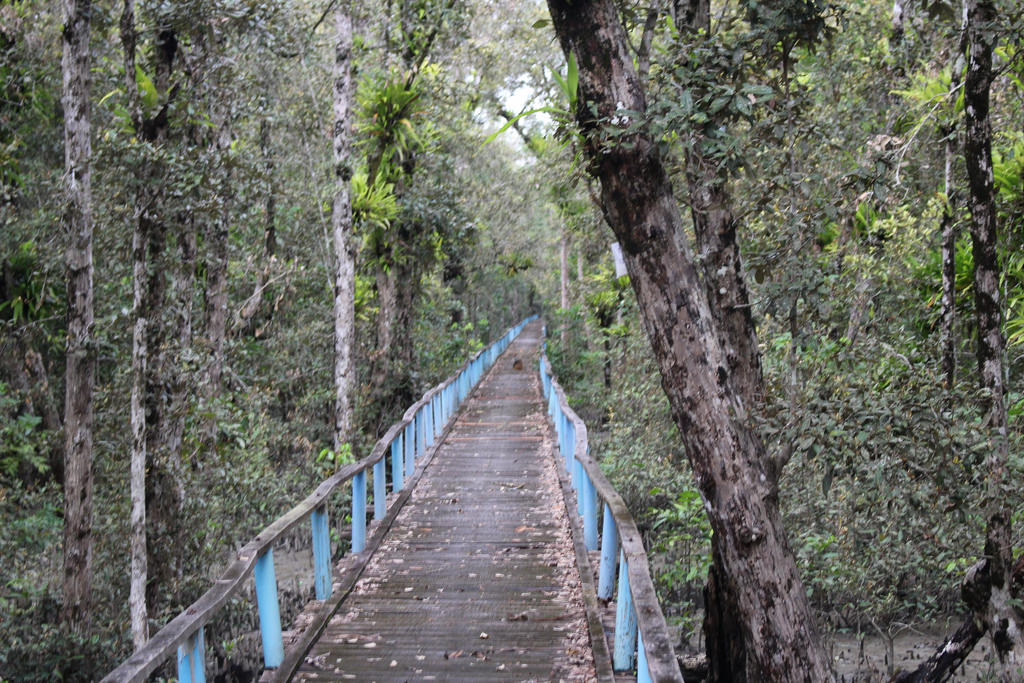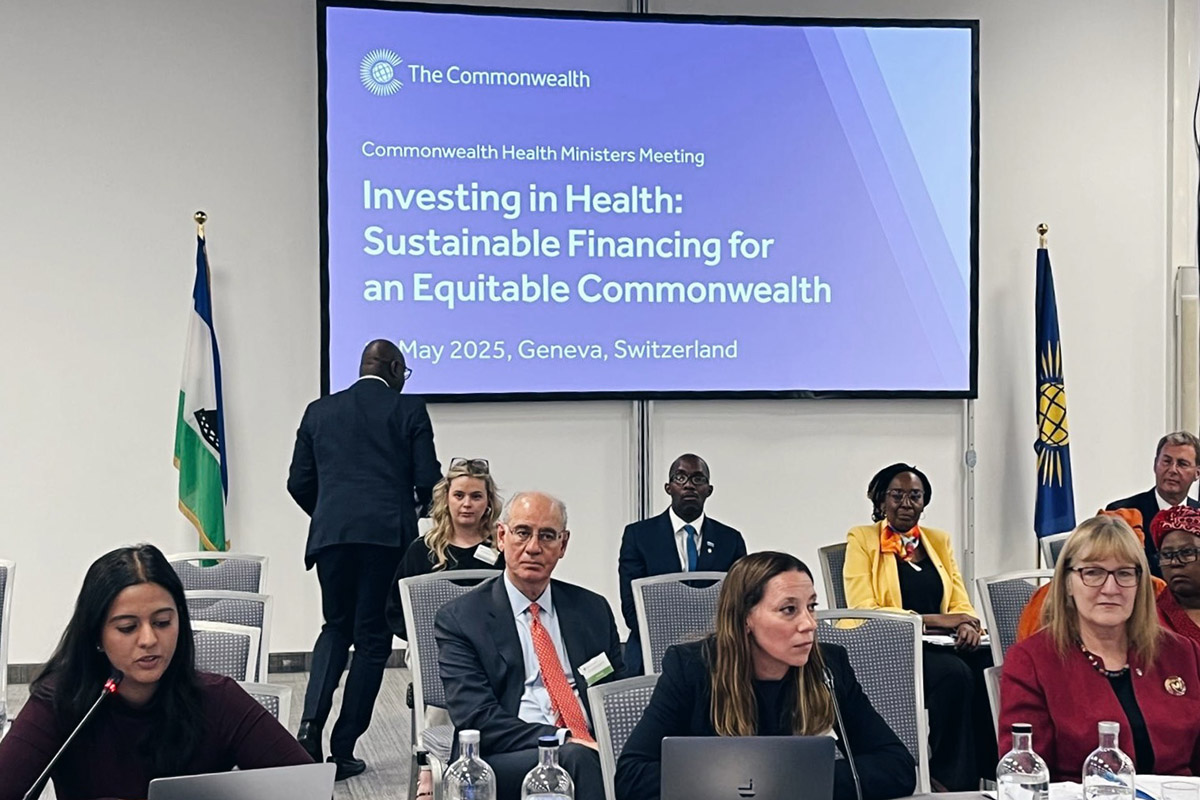“The Rampal riddle: heading toward peril”
September 1 Plans for a massive power station in a UNESCO-designated forest will have serious consequences for the environment, writes Lamia Mohsin, 21, a Correspondent from Dhaka in Bangladesh, who argues the state must carefully review the rationale for the project.
Plans for a massive power station in a UNESCO-designated forest will have serious consequences for the environment, writes Lamia Mohsin, 21, a Correspondent from Dhaka in Bangladesh, who argues the state must carefully review the rationale for the project.
As we move towards a more globalised world bound together by a series of interconnected hyperlinks, on the other end of the spectrum constant fragmentation is threatening our very existence every moment in the form of chaos and conflict.
The statement, despite being strikingly paradoxical, holds true given the present circumstances as we stand dichotomously united and divided at the same time. However, given the diverse nature of our vulnerabilities, there is not just socio-economic, political or cultural dissension that needs addressing. Unabated environmental degradation has finally manifested itself in the most pernicious forms, and today this is as much alarming as an armed conflict.
We can no longer walk away from the impending consequences of our own mindless encroachment of nature. Massive industrialisation and modernisation has led to the birth of mega cities and metropolitan areas that are notorious contributors to global pollution. China and the United States might be great economic powerhouses, yet one cannot deny that with the construction of every new industry, they enshroud themselves with more poisonous soot and sulphur.
Bangladesh is home to one of the world’s largest mangrove forests, Sundarbans, situated in the far south-east and south-west, adjacent to the coastal areas of Khulna and Bagerhat. Declared a UNESCO World Heritage Site, it is also the largest reserve of the famous Royal Bengal Tiger. The forest is well known for being the sanctuary of a plethora of flora and fauna including 42 different species of mammals, 51 types of birds, 234 varieties of birds and 200 kinds of fish, as well as 66 diverse kinds of vegetation.
The Rampal power station is a proposed 1320 megawatt coal-fired power station at Rampal Upazila of Bagerhat District in Khulna, Bangladesh. A joint partnership between India‘s state owned National Thermal Power Corporation and Bangladesh Power Development Board, the proposed project will cover an area of over 1834 acres of land, situated 14 kilometres north of the Sundarbans. Though the government has repeatedly corroborated its decision to construct the plant by referring to the growing power and energy demands of 160 million people, experts have refuted the argument, saying that it will aggravate our problems.
The Sundarbans offer a unique ecosystem that has been recognised as an Ecologically Critical Area. Environmentalists and activists have express their fear that the coal plants will lead to a ‘slow poisoning’ of the Sundarbans, already reeling from forest fragmentation and overpopulation that has led to increased air and water pollution, changes in water quality and increased boat traffic. The Rampal coal plant will take 219,600 cubic meters of water every day, which may potentially lead to salinity intrusion. The government has estimated that operation of the coal plant will require one shipment of coal every day, to be transported via the rivers and tributaries crisscrossing the forest interior. In 2014 a a sinking oil tanker spilled 75,000 gallons of furnace oil, inflicting immeasurable damage on the already fragile ecology of the forest.
According to a comprehensive report by the US-based Institute for Energy Economics and Financial Analysis (IEEFA), the plant will actually lead to higher electricity rates in Bangladesh. “Without subsidies, the plant’s generation costs are a whopping 62 percent higher than the current cost of electricity production in Bangladesh,” the Institute reported. The true cost of the plant is expected to be covered by three subsidies worth more than US $3 billion.
The government has assured that if the proposed project is implemented, it will help mitigate the acute power crisis in our country as well as the pressure our nonrenewable resources (natural gas contributes around 82 per cent of electricity generation in our country, followed by coal and oil). What we can apprehend is that the Rampal project would strangulate the Sundarbans, which are a major portion of the remaining six per cent of reserve forests of our country, at the same time as total forest area has diminished by half in the last 20 years.
The slogan for the anti-Rampal movement is “There are many alternatives to generating electricity, but no alternative to the Sundarbans”. That slogan must be an eye opener to the government, which seems oblivious to the severity of irreversible consequences of this project. The government needs to take into the account the Environmental Impact Assessment and formally analyse the opportunity costs of this project as well as its effect on the natural habitat of Sundarbans, for once a decision is implemented, and there is unfortunately no turning back.
As the supreme guardians of our resources, we urge the state to act more responsibly, for we need Sundarbans more than it needs us.
photo credit: Inde Bangladesh Sundarban Cruise via photopin (license)
…………………………………………………………………………………………………………………
About me: I am a student at the University of Dhaka. My wish is to work with an international aid organisation, especially one that plays a cardinal role in improving the quality of life and economic well being of people in contemporary, underdeveloped countries including Bangladesh. I freelance for Dhaka area newspapers and am interested in writing, research and activism.
…………………………………………………………………………………………………………………
Opinions expressed in this article are those of the author and do not necessarily represent the views of the Commonwealth Youth Programme. Articles are published in a spirit of dialogue, respect and understanding. If you disagree, why not submit a response?
To learn more about becoming a Commonwealth Correspondent please visit: http://www.yourcommonwealth.org/submit-articles/
…………………………………………………………………………………………………………………




